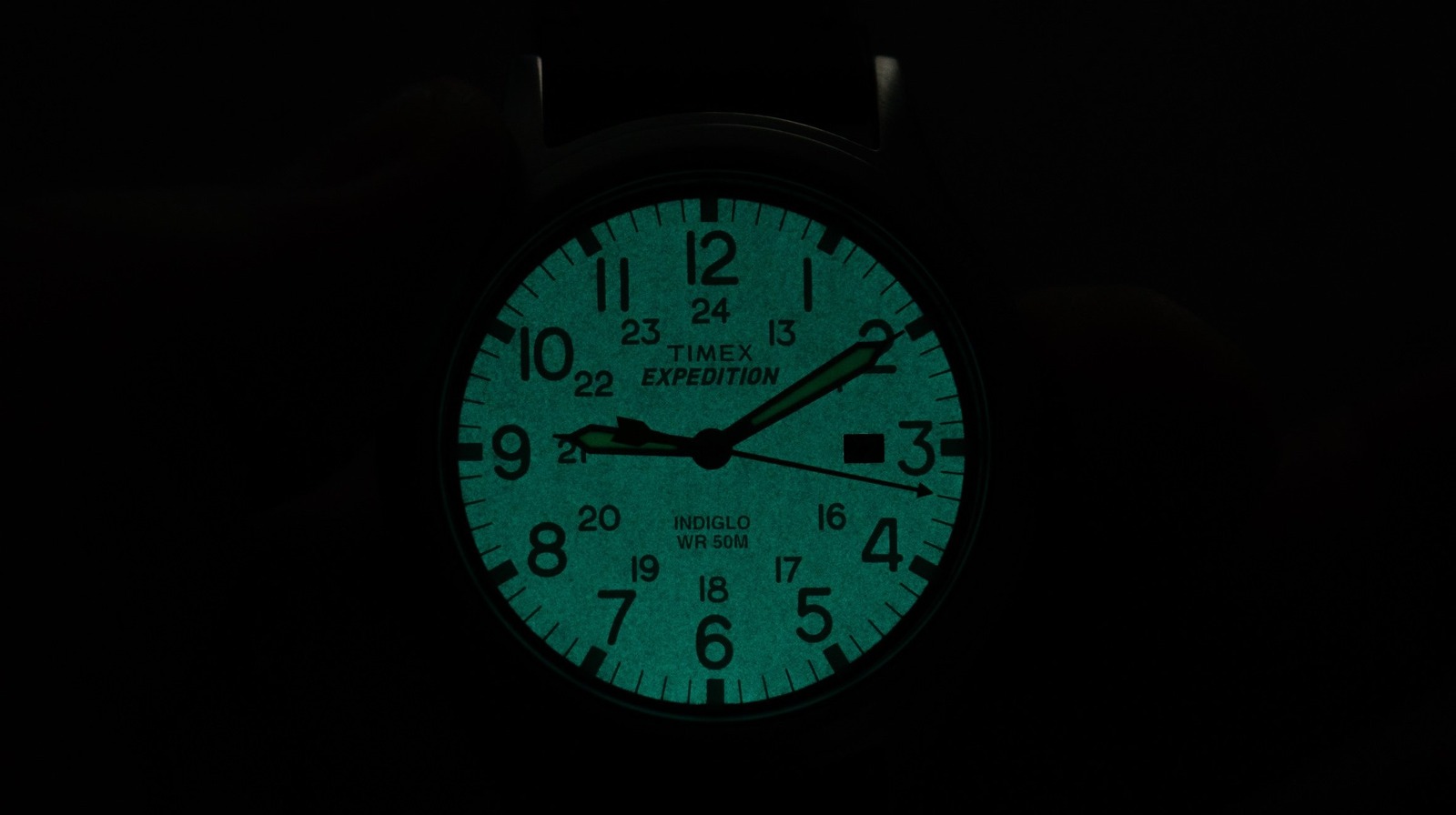
So in 1992, when Timex announced in an ad that “Until now, watches were really hard to read in the dark,” they were telling the truth, for the most part. The little (occasionally sticky) button instantly lit up the little digital display and made wearers feel cool, like they were on a secret mission, though that mission seemed to involve telling the time mostly.
The Indiglo name was later licensed to numerous other companies like Austin Innovations for an array of products, including clocks, night lights, personal organizers, and pretty much any device that was hard to read in the dark. It was clearly a game changer in the market, and a much better alternative to previous use of radium to light up displays, which made seeing the time not quite worth the inherent radioactive dangers.
At a basic level, electroluminescence is simply the manipulation of electricity into light, so in the case of Indiglo, an electrical current energizes a thin layer of phosphorescent material and produces light. Since the technology uses only a couple of milliwatts of power from the tiny battery inside, that button can typically be pressed over and over again (within reason). The technology is a stark contrast to an incandescent bulb, which uses heat to produce light and cannot be flattened out like electroluminescence for use in a watch. That would be a big watch.

